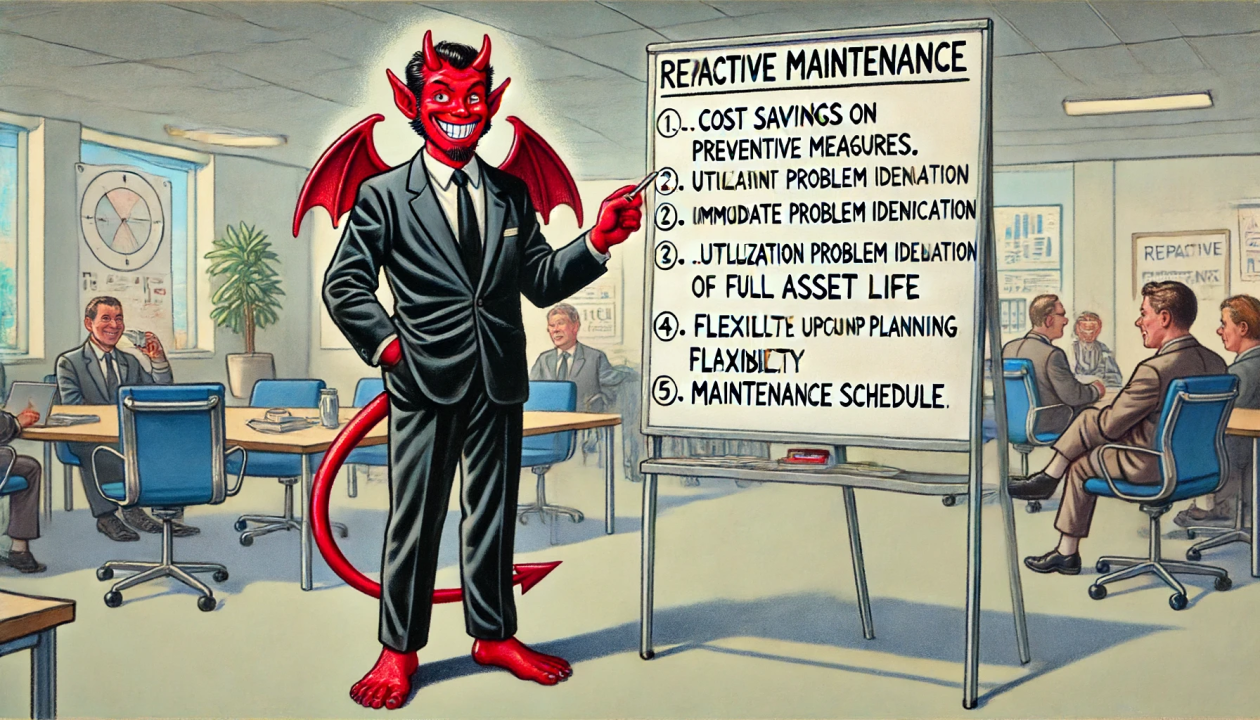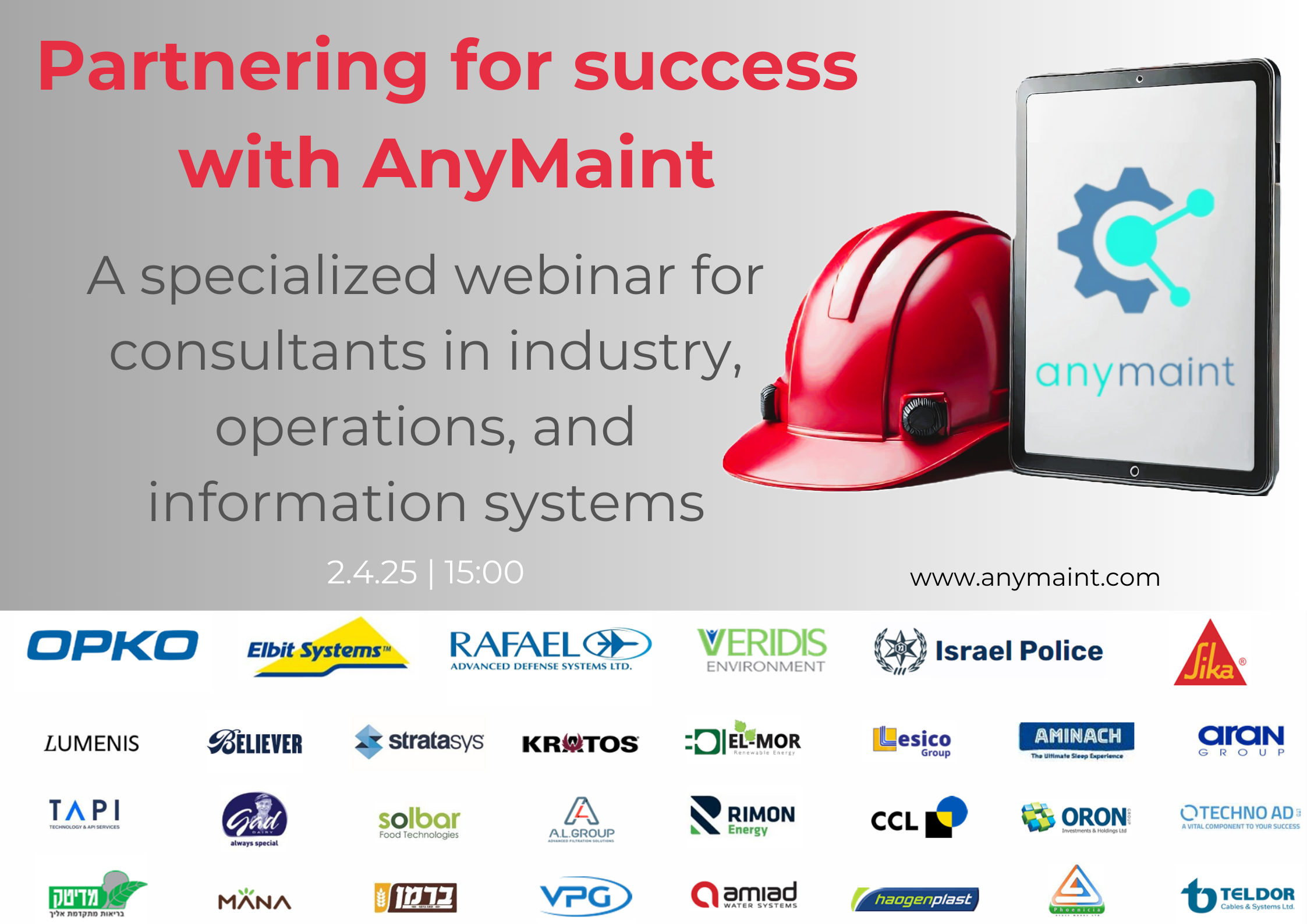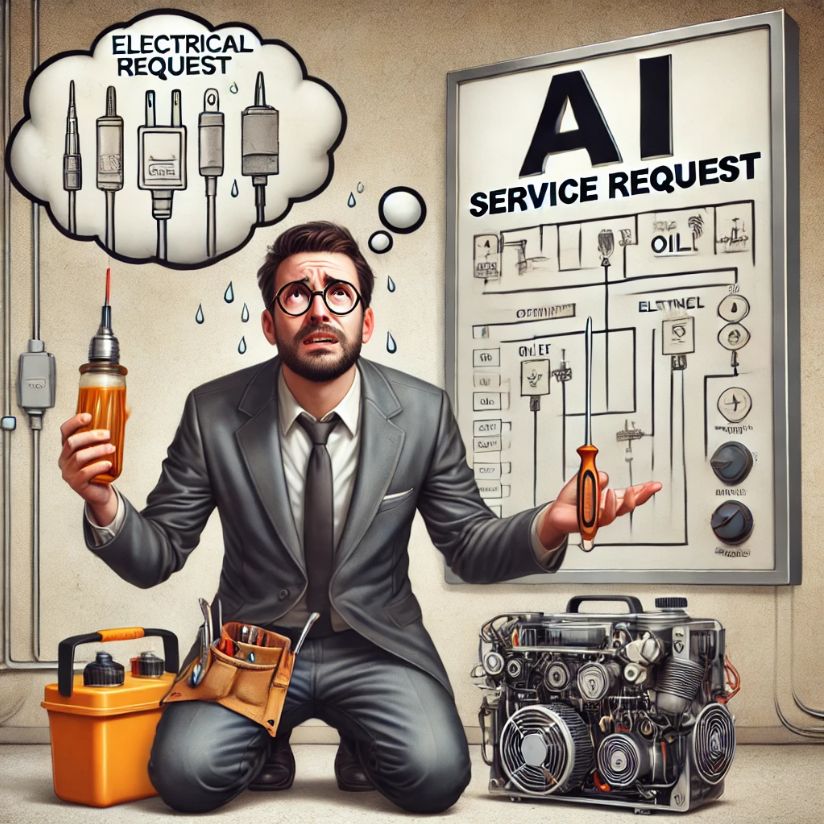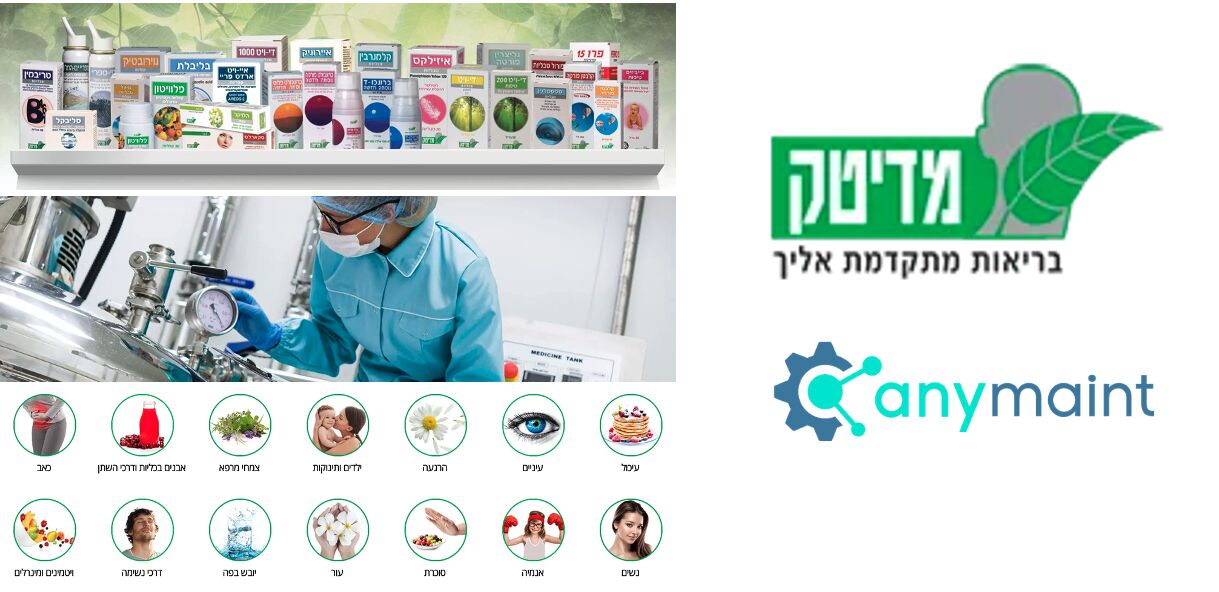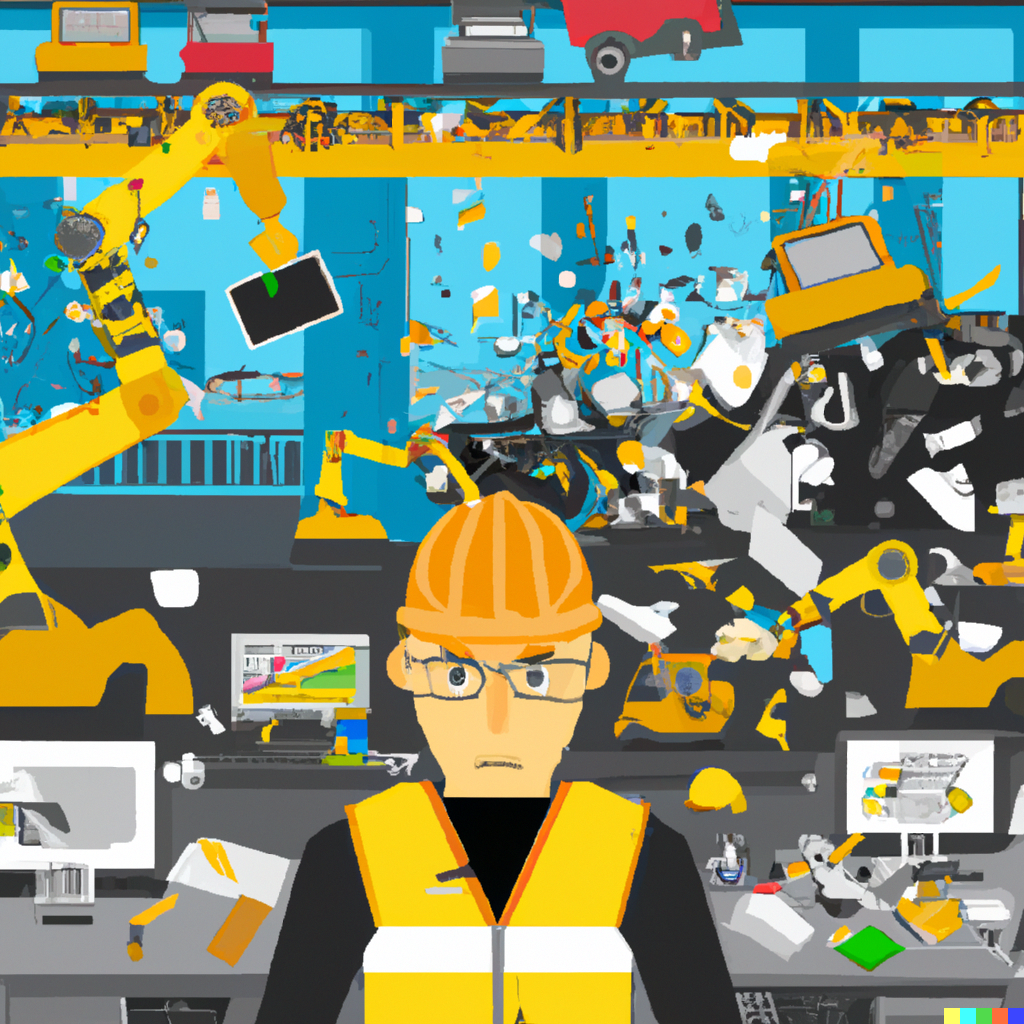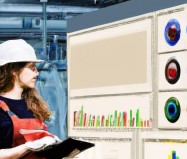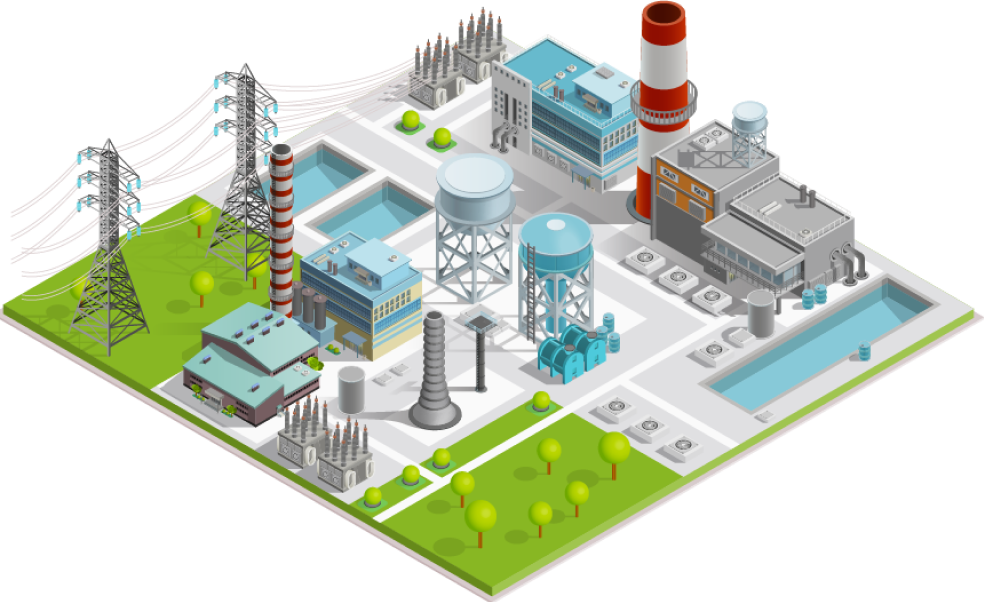Reactive Maintenance: A Necessary Challenge
In the realm of industrial maintenance, while preventive and predictive maintenance are often idealized, there’s a compelling argument to be made for the often-overlooked necessity of reactive maintenance. Here are key points to consider:
Training and Experience in Handling Sudden Failures
Sudden equipment failures are inevitable. Relying solely on preventive or predictive maintenance can create a false sense of security. To effectively handle unexpected breakdowns, it’s crucial to train and equip your team with the necessary skills and tools. Most importantly, they need experience in working under uncertain conditions and time pressure. Your technicians, buyers, and management must be prepared and know how the process works. This preparedness not only ensures quick responses but also builds resilience and adaptability within the team.
Cost-Effectiveness and Practical Implementation
Preventive maintenance is expensive, and predictive maintenance is even more so. For organizations unable to fully utilize the benefits of these advanced tools, starting with achievable improvements is a practical approach. Focus on reducing response times, improving reporting, analyzing failures, and eliminating root causes. This gradual improvement process lays a solid foundation for more sophisticated maintenance strategies in the future, without overburdening the budget or resources.
Practicality Over Perfection
Sometimes, equipment is not expected to last long. It’s impractical to invest heavily in maintaining something meant for temporary needs. Instead, fix it during its projected service period and replace it with a better tool when the time comes. This approach ensures optimal resource allocation and prevents unnecessary expenditure on short-term assets.
Real-Life Example: Efficient Resource Utilization
When I was in a quarry in the middle of the Judea desert, I noticed they used a small private car for transportation across the rough terrain. When I asked why they didn’t use a more rugged vehicle, the answer was simple: the car would do its job for the planned period of two years and then be replaced. This was the most economically viable solution for transportation needs. Similarly, in maintenance, sometimes the most practical and cost-effective solution is to fix things as they break and replace them as needed, rather than investing in extensive preventive measures for short-term assets.
CMMS: Prepared for Uncertainty
A Computerized Maintenance Management System (CMMS) plays a crucial role in supporting all types of maintenance strategies, including reactive, preventive, and predictive. However, it’s especially important for a CMMS to be ready for the uncertainty of sudden failures. A robust CMMS should efficiently track maintenance activities, schedules, and histories, providing a comprehensive overview of asset performance and maintenance needs. This ensures that even reactive maintenance is handled systematically and effectively. By leveraging a CMMS, companies can streamline their maintenance processes, improve response times, and make data-driven decisions that enhance overall maintenance effectiveness. Furthermore, a well-implemented CMMS can provide critical insights and real-time data, enabling quick adjustments and responses to unforeseen issues, thus enhancing the resilience of the maintenance strategy.
In summary, while reactive maintenance is not ideal, it is a necessary reality that must be managed effectively. As our devil’s advocate illustrates, being prepared for the unexpected, optimizing costs, and utilizing a robust CMMS can make a significant difference in handling the challenges that come with reactive maintenance.
